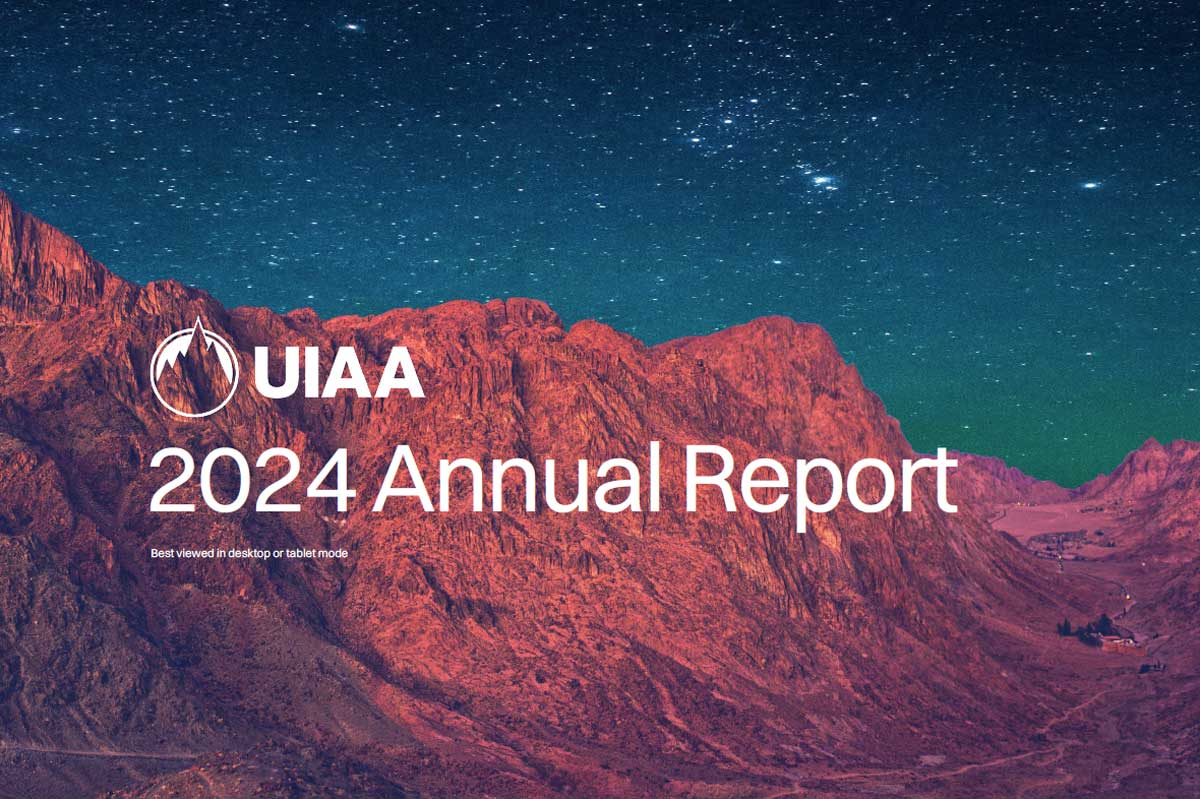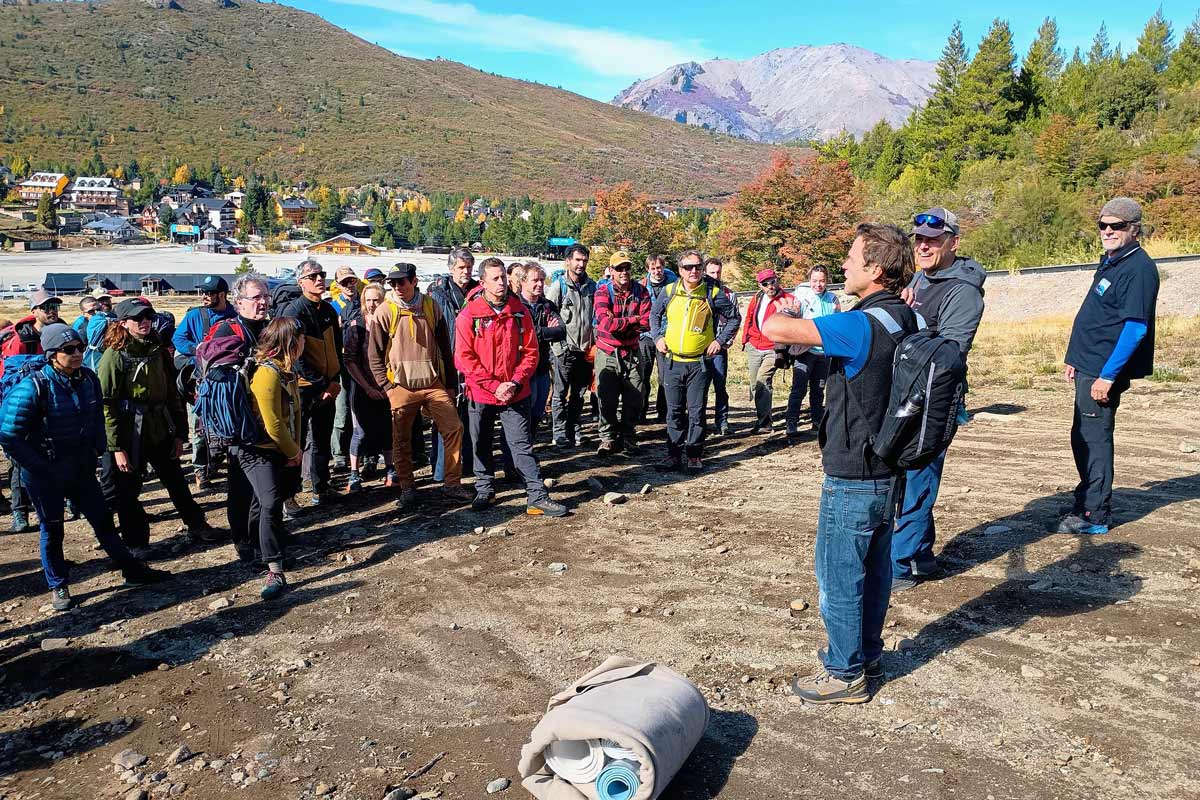An American medical study has tested new successful techniques and drugs to treat frostbite. In the future, this treatment could mean that fewer mountaineers suffering from severe frostbite will have to have arms, legs, fingers or toes amputated.
For mountaineers who enjoy winter climbing and take part in high altitude expeditions, frostbite can be very dangerous and lead to gangrene and amputation of limbs. The standard treatments, to re-warm the patient and amputation in severe cases, has not changed for decades.
But now a study, recently presented at the annual scientific meeting of the United States Society of Interventional Radiology, shows how doctors can save the limbs of those with severe frostbite.
“Previously severe frostbite was a one-way route to limb loss. This treatment is a significant improvement,” says George R. Edmonson, interventional radiologist with St. Paul Radiology in St. Paul, Minnesota, in a press release. “Half of the patients who would normally have to undergo amputations, were able to keep all fingers, hands, toes and feet.”
In severe frostbite, the blood cannot flow into the affected areas. After thawing and re-warming, small clots form in the blood. Also, the injured arteries spasm, which makes it difficult for the blood to flow into the smallest vessels of the limbs. The doctors used angiography, a kind of x-ray, to identify damaged arteries and veins. They then injected drugs (clot busters) directly into the vessels. “We’re opening arteries that are blocked so that tissues can heal and limbs can be salvaged. We were able to reopen even the smallest arteries, saving patients’ fingers and toes,” explained Edmonson. “Overall, in about 80 per cent of the cases, it significantly improved patients’ outcomes.” This was a prospective trial with a small number of patients, and the doctors will continue their research to improve the treatment.
“If more studies bear out this important finding, then indeed this form of therapy in the treatment of frostbite will be a great boon [blessing]”, says the president of the UIAA Medical Commission, Buddha Basnyat. “However”, he emphasises, “prevention of frostbite still has to remain our most important goal”.


